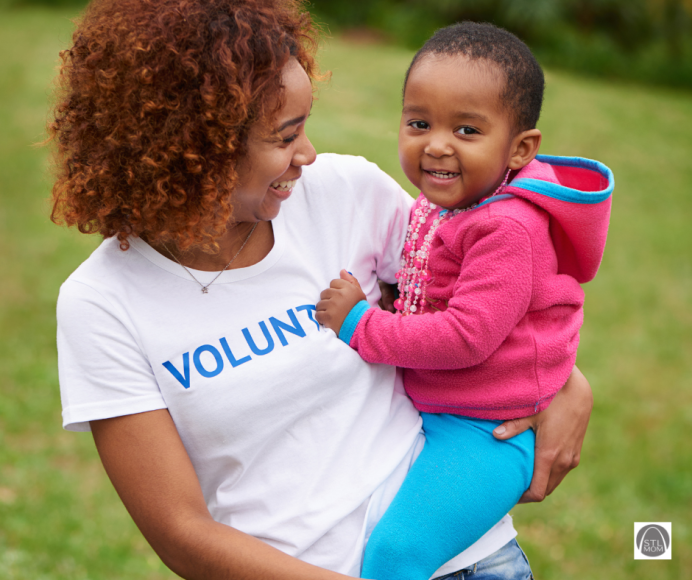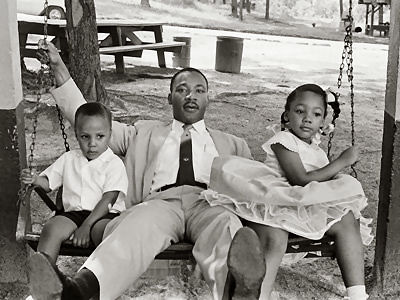Talking to Kids About Gratitude – Building Conversations that Stick
Teaching gratitude goes beyond getting kids to say “thank you”—it’s about helping them develop a mindset that values what they have rather than focusing on what they lack. When children learn to notice the positives in life, it can be empowering and lead to a happier, more resilient outlook. Here’s a guide to help you build meaningful conversations about gratitude with your kids, inspired by current psychological insights:
Explain Gratitude as Noticing What We Have
Kids naturally go through phases of wanting and asking for things, which is perfectly normal! To introduce gratitude, though, we can focus on noticing what we already have. Psychologists suggest that gratitude isn’t just a reaction; it’s a choice to appreciate. You might explain it to younger kids as, “Gratitude means stopping to see all the good things we already have.”
-
- Ask Questions: Start with prompts like, “What’s something you have that makes you feel happy or cozy?” or “Who is someone in your life you’re glad to have?”
- Create Moments for Reflection: During meals or bedtime, take a moment to ask what they noticed that day that made them feel thankful. This small habit helps them reframe and focus on positive moments.
 Foster Perspective-Taking with Age-Appropriate Examples
Foster Perspective-Taking with Age-Appropriate Examples
Research from the University of North Carolina shows that gratitude in children includes perspective-taking—the ability to understand where something came from and the thought behind it. By around ages 3 to 5, children begin to grasp the concept of why someone might give them a gift or help them.
-
- Relate Gratitude to Real-Life Examples: Try saying, “Your teacher works hard to help you learn every day,” or “Grandpa brings you that special snack because he loves seeing you happy.”
- Empathy Through Storytelling: Read stories about generosity, kindness, or giving, and afterward, discuss what each character did and why. Ask, “Why do you think the character helped?” This approach helps them appreciate the motivation and effort behind kind actions.
Help Kids Understand How Gratitude Makes Us Feel
Research has shown that practicing gratitude releases dopamine and serotonin, which are brain chemicals that make us feel good. Helping kids understand this connection—between noticing the good and feeling good—encourages them to recognize gratitude’s impact on their emotions.
-
- Identify Positive Feelings in Real Time: When they express gratitude, point out how it feels. “How does it feel when you say thank you and someone smiles back?” This helps reinforce the cycle of expressing gratitude and experiencing happiness in return.
- Label Emotions in Connection to Gratitude: For younger kids especially, use words to describe emotions connected with gratitude, like “happy,” “warm,” or “loved.” Let them know that gratitude isn’t just polite—it can lift their spirits.
Model “Noticing, Thinking, Feeling, and Doing”
The four-part gratitude approach developed in the Raising Grateful Children project at UNC Chapel Hill is incredibly helpful for parents. Use it as a simple way to break down gratitude for kids of all ages:
-
- Notice: Point out the things in life they can be thankful for. “Notice” might mean asking, “What did you notice today that made you happy or feel loved?”
- Think: Encourage them to think about why they have these things. Ask questions like, “Why do you think your friend gave you a turn with the toy?” This builds their understanding of the thoughtfulness or effort behind actions.
- Feel: Help them connect to how these things make them feel, so they recognize that sense of gratitude. “How does it feel when someone is kind to you?” This step reinforces that gratitude is not just an idea but an emotional experience.
- Do: Finally, focus on what they can do to show appreciation in turn. Kids love being given small, manageable tasks like drawing a thank-you card, sharing, or saying something kind. This “doing” step helps cement gratitude as an action, not just a feeling.
 Make It Fun – Try Gratitude Games and Routines
Make It Fun – Try Gratitude Games and Routines
Gratitude can be fun and easy to practice through routines or games. Make it part of everyday family life, so it feels natural for kids to reflect on what they’re thankful for.
-
- Start a Gratitude Jar: Write down moments of gratitude on slips of paper and put them in a jar. By Thanksgiving, the jar will be full, and you can read through each note together.
- Gratitude Bingo: Create a bingo card with different things to be grateful for. Kids get a “mark” each time they notice one. It could be as simple as “a nice meal,” “a beautiful flower,” or “a kind friend.”
- Gratitude Journal or Poster: Older kids might enjoy jotting down one thing they’re grateful for each day in a journal or drawing pictures to create a “gratitude wall” at home.
Show Them How Gratitude in Action Helps Others
Actions speak louder than words, and gratitude in action is one of the best ways to teach kids about it. Once they understand that gratitude is about appreciation, you can encourage them to express it by helping others. This reinforces that gratitude isn’t just about what we feel—it’s about what we do.
-
- Organize Small Acts of Kindness: Help them write cards for family members, make cookies for a neighbor, or pick out a few toys to donate. These small acts allow kids to take ownership of their gratitude.
- Plan a Family Volunteering Day: Look for opportunities to volunteer as a family where kids can make a visible impact. Picking up litter at a park or preparing food for a local shelter gives them a hands-on way to express appreciation for what they have.
Talking about gratitude isn’t a one-time conversation; it’s something you can revisit and grow with as they get older. Kids may start small, but with a little guidance and these tools, they’ll carry the value of gratitude with them as they grow.
Family-Friendly Volunteering Ideas Around St. Louis
With National Family Volunteer Day coming up the Saturday before Thanksgiving, this is a great time to find a family activity that lets you all give back to the community. Here are a few local spots that make volunteering easy and meaningful for families:
- Lydia’s House
What They Do: Lydia’s House offers a safe haven for survivors of domestic violence and their kids.
Volunteer Ideas: Help pack care kits or host a drive for essential items. Kids can make cards or write notes to show support and encouragement - Sweet Celebrations
What They Do: They make birthdays special for kids and teens facing homelessness.
Volunteer Ideas: Your family can help assemble birthday party kits, make decorations, or even create handmade birthday cards—perfect ways to brighten a child’s day. - Brace for Impact
What They Do: They work to improve lives, focusing on sustainable support for families and kids in need.
Volunteer Ideas: Get involved with donation drives or service projects where kids can see their efforts making a real impact. - Alleluia Baskets
What They Do: Bring joy to children and seniors in need with cheerful, filled Easter baskets.
Volunteer Ideas: Your family can gather items to fill these baskets and create cards to add a personal touch—kids love picking out goodies to share! - Mighty Oakes Heart Foundation
What They Do: Support families of children with congenital heart conditions.
Volunteer Ideas: Your family could make care packages, write supportive notes, or join in on awareness events. Kids see that kindness can lift another family’s spirits during tough times. - Pujols Family Foundation
What They Do: They support families with Down syndrome through lots of creative programs and events.
Volunteer Ideas: Attend or volunteer at one of their family-friendly events, or help collect items for families in need. It’s a great way for kids to connect with other families and make a difference!










